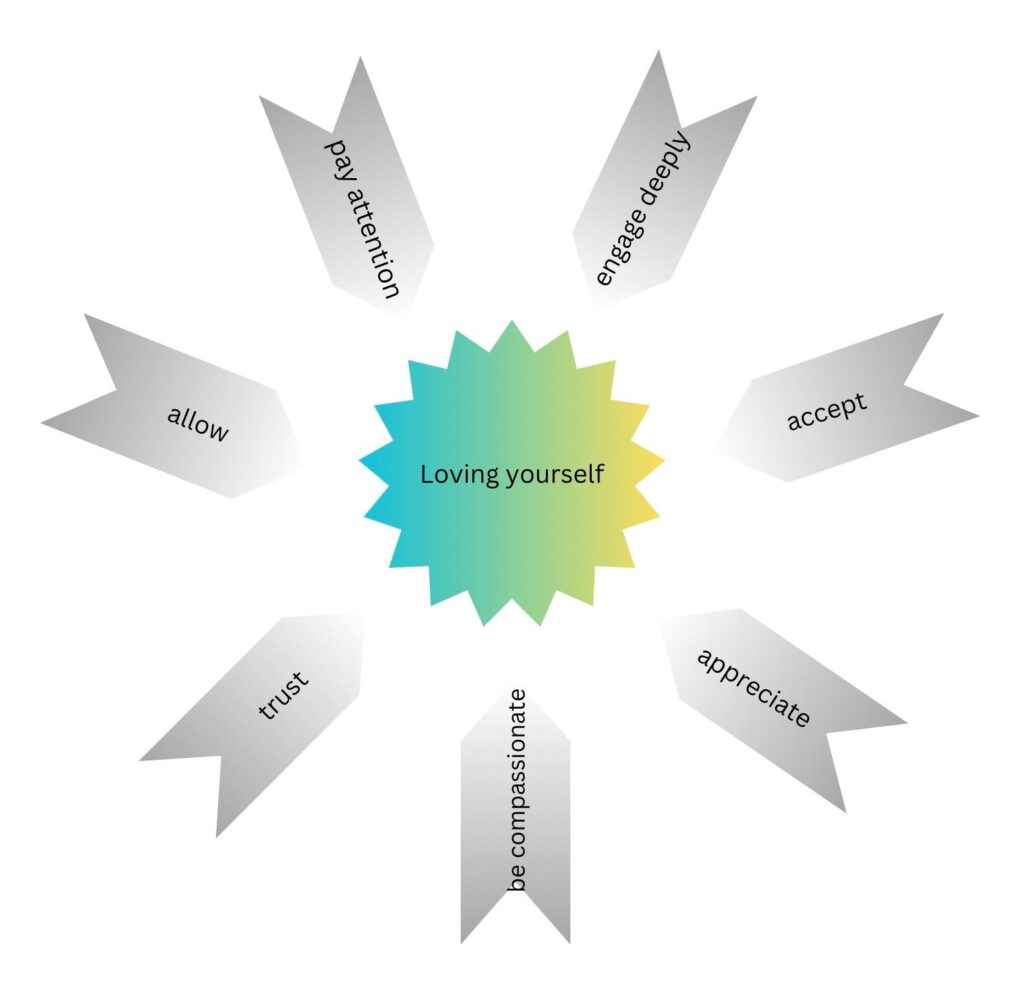
Aging is non linear
Contrary to long-held beliefs, a new Stanford study in Nature demonstrates that aging is not a linear progression. Instead, it features two major accelerations, or ‘bursts,’ at approximately 44 and 60 years of age, revealing the nonlinear dynamics of biological aging.
The first time I became interested in life cycles related to age was when my daughter was two years old. I can’t describe the relief I felt when I learned that the phase in which she tested boundaries—pushing limits to understand where others’ tolerance would end —would pass by the time she turned four. It was just a process. These early years are crucial, as children recognize and define their sense of self. With patience and foresight, supporting a child through this stage plants the seeds of trust—both in others and in themselves. From birth, children experience personal and external boundaries through touch in the physical domain, gradually they experience them in more abstract forms while weaving them into their self-identity.
As my daughter navigated this phase, I, like many parents, found myself trying to stay calm. I remember the moments when I was behind the wheel, driving, while soothing a child who, unable to articulate the discomfort of encountering the unknown that was surfaced by the sudden darkness of sundown—could only express it through tears.
It was no coincidence that during my daughter’s “terrible twos,” I discovered chakra development. When I combined this knowledge with my own experiences, as well as those of my family, friends, and clients, I realized that understanding life cycles is not just helpful—it’s essential. It prepares us for the natural flow of life and equips us to support our loved ones on their journeys.
It was helpful for me to add life cycles to my perspective in understanding that the midlife crisis is not a bad thing, but rather a transformative one, and that the energy of adolescence is different from the energy that drives momentum while building a career and family; and that the awareness that comes with experience cannot be learned from books.
What Are These Life Cycles?
- Physical Life Cycles
The most apparent life cycles are biological, tied to physical development:
- Infancy (0-2 years): Attachment, formation of basic trust
- Childhood (3-12 years): Exploration, identity development, learning
- Adolescence (13-19 years): Independence, individuation, emotional fluctuations
- Young Adulthood (20-35 years): Self-discovery, career, relationships
- Middle Age (35-60 years): Questioning life purpose, transformation
- Maturity (60+ years): Wisdom, surrender, spiritual integration
From the brain development perspective we have cycles as well. Particularly the maturation of the prefrontal cortex (the region responsible for decision-making, reasoning, and self-regulation), continues until approximately the age of 25.
The ages 0-6 period is known as the “sponge brain” phase. During this time, children learn very quickly from their environment and unconsciously absorb everything.
Between ages 7-12, the brain remains highly flexible, but logical thinking skills begin to develop.
During ages 13-19 (adolescence), the limbic system (which governs emotions, risk-taking, and the reward mechanism) is highly active. However, since the prefrontal cortex is not yet fully developed, impulsive decisions, risky behaviors, and emotional fluctuations are common.
Between ages 20-25, the brain enters the final stages of maturation. The prefrontal cortex nears full development, leading to an increase in common sense and the ability to think long-term.
- Psychological Development Cycles
According to Erik Erikson’s Psychosocial Development Theory, we encounter key psychological conflicts at different life stages:
- 0-1 year: Basic trust vs. mistrust
- 2-3 years: Autonomy vs. shame
- 4-6 years: Initiative vs. guilt
- 7-12 years: Success vs. inferiority
- 13-19 years: Identity vs. role confusion
- 20-40 years: Intimacy vs. isolation
- 40-65 years: Productivity vs. stagnation
- 65+ years: Ego integrity vs. despair
- Intelligence Development Cycles
Psychologist Raymond Cattell categorized intelligence into two types:
- Fluid Intelligence (Gf): The ability to solve new problems, think abstractly, and reason logically. This peaks between ages 20-25 and gradually declines in the 30s.
- Crystallized Intelligence (Gc): Accumulated knowledge, vocabulary, and life experience. It continues to grow, particularly in the 40s and 50s, when individuals reach their intellectual peak.
- Life Cycles in Kundalini Yoga
Kundalini Yoga offers 7-, 11-, and 18-year cycles to understand our personal evolution. These cycles influence physical, mental, and spiritual development in distinct ways.
7-Year Cycles – Consciousness Development
Every seven years, our consciousness shifts, aligning with chakra development:
- 0-7 years: Trust, root chakra
- 7-14 years: Emotional discovery, sacral chakra
- 14-21 years: Identity and self-confidence formation, solar plexus chakra
- 21-28 years: Love and relationships, heart chakra
- 28-35 years: Self-expression, throat chakra
- 35-42 years: Intuition and insight, third eye chakra
- 42-49 years: Spiritual awareness and surrender, crown chakra
At 50, we have a chance to go deeper in our consciousness. Buddha beautifully captured this shift:
“Do not dwell too much on the past, do not dream too much of the future. Age 50 is the time to master the art of living in the present.”
11-Year Cycles – Intelligence and Awareness
Every 11 years, our way of processing intelligence and perception evolves:
- 0-11 years: A child begins to grasp the subconscious and the world.
- 11-22 years: Identity and independence develop.
- 22-33 years: Mental clarity increases, and life purposes become clearer.
- 33-44 years: Inner wisdom and intuitive intelligence strengthen.
- 44-55 years: Deep awareness and spiritual understanding emerge.
- 55+ years: Spiritual intelligence and inner peace take precedence.
This cycle helps us understand how our connection with knowledge, intuition, and awareness transforms over time.
18-Year Cycles – Life Energy
Every 18 years, significant shifts occur in our life energy:
- 0-18 years: The phase of building energy.
- 18-36 years: The peak of physical energy.
- 36-54 years: The transformation of inner strength and the rise of intuitive energy.
- 54-72 years: The dominance of spiritual energy.
This cycle reveals how our physical and spiritual resilience shifts throughout life.
What Do Life Cycles Mean for Us?
In Kundalini Yoga, these cycles serve as a roadmap for understanding ourselves and the changes we go through:
- The 7-year cycle shapes our consciousness.
- The 11-year cycle refines our intelligence and perception.
- The 18-year cycle governs our life energy.
Let us try this: Jot down the major changes and crises in your life, with their years, and calculate your age. You’ll likely find they roughly align with the cycles I described.
Like all teachings, these cycles are not rigid rules but guiding principles. The more we attune ourselves to them, the better we navigate the waves of change. Awareness of life cycles helps us stay present—not trapped in the past or anxiously anticipating the future. Instead, we learn to embrace the rhythm of life with trust, patience, and wisdom.


